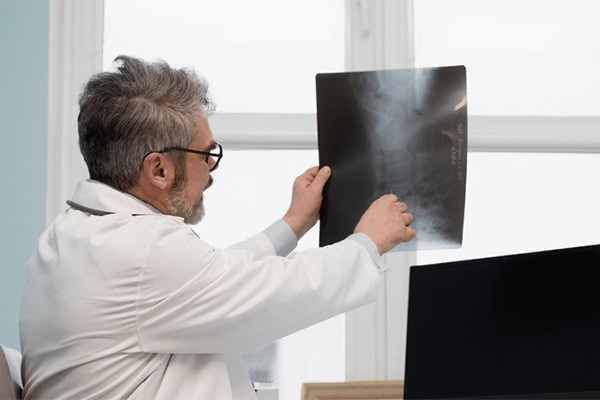Topics
Migraines are severe headaches that can cause intense throbbing or pulsing sensations, often accompanied by nausea, vomiting, and extreme sensitivity to light and sound. They can be debilitating, often forcing individuals to retreat to a dark, quiet room until the symptoms subside. Adult women experience them three times more frequently than adult males.
Prodrome, aura, headache, and postdrome are some of the different phases that make up the complicated temporal trajectory of a migraine. Nonetheless, each person’s migraine experience might differ greatly in length.
What are the phases of migraine?
People go through several migraine phases, and each has its own set of symptoms.
Prodrome phase
This phase may occur a day or two before the migraine starts.
Individuals may experience the following symptoms during this stage:
- Mood changes
- Food cravings
- Inability to concentrate
- Fatigue and muscle stiffness
- Frequent yawning
- Smell, sound, or light sensitivity
- Changes in sleep patterns
- Nausea
If you are prone to migraines, determine what symptoms to look for during the prodrome period to take preventative actions against migraine episodes or even stop them from happening.
Aura
Approximately one-third of individuals who have migraines encounter a phase known as aura during their migraine episode.
These symptoms typically develop gradually over a minimum of 5 minutes and persist for up to 60 minutes. While not all auras are followed by headaches, they often precede the headache phase, serving as an additional warning sign of an impending headache. In approximately 20% of cases, the aura may extend beyond 60 minutes, and in some instances, it may occur after the onset of the headache rather than before.
An aura can encompass a broad spectrum of neurological symptoms, such as:
- Seeing bursts of light, brilliant spots, wavy lines, or black dots
- Having “pins and needles” sensation
- Experiencing numbness or weakness in one side of the body or the face
- Speech changes
- Tinnitus
If you are aware that a migraine will always follow an aura, it is easier to determine when to take medicine that may lessen or stop migraine discomfort.
Headache
This stage of the migraine can last for up to 72 hours or more if left untreated. Usually, it begins gradually and progresses into pulsing and throbbing on one or both sides of the head.
Symptoms include:
- Icepick in the head
- Sensitivity to light, smell, and sound
- Neck pain and stiffness
- Depression or anxiety
- Insomnia
- Nausea and vomiting
- Dizziness
- Light-headedness and fainting
Postdrome phase
In the last phase, people may experience symptoms lasting up to a day. Another name for it is a “hungover migraine.”
Other symptoms include:
- Fatigue
- Feelings of euphoria or mild depression
- Difficulty concentrating
- Body aches
- Dizziness
How long do migraines last if treated?
The duration of a migraine, even with treatment, varies from person to person. However, the severity of migraine symptoms can be significantly reduced depending on factors such as the type of migraine, individual triggers, and the timing of treatment.
It is important to note that not everyone responds to the same medications or therapies, and the effectiveness of treatment can vary from one individual to another. If migraine symptoms persist despite attempts at management, it is advisable to seek medical attention for further evaluation and treatment.
How long do migraines last without treatment?
A migraine usually lasts 4 to 72 hours if left untreated.
How long is too long for a migraine?
Should the migraine persist for more than 72 hours, it is crucial to consult a doctor for a comprehensive evaluation and management.
Make an appointment at Pantai Hospitals
Note your observations and tracking of migraines to spot patterns or triggers that contribute to the onset of an episode. By maintaining a migraine journal, you may record information that can benefit you and your doctor. By consistently tracking this information, you may start to identify patterns or triggers that contribute to the onset of migraine episodes. This can help you and your doctor develop personalised strategies for prevention and management.
Additionally, it is essential to seek medical attention if you experience new or alarming symptoms alongside your migraines, as these could indicate underlying health issues that require further evaluation and treatment.
Get in touch with us to book an appointment today for a consultation, or visit our Neurology Department at your nearest Pantai Hospital.
Pantai Hospitals have been accredited by the Malaysian Society for Quality in Health (MSQH) for its commitment to patient safety and service quality.












